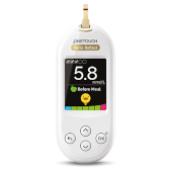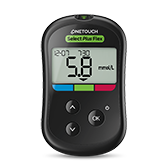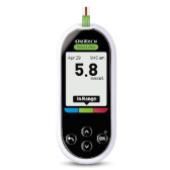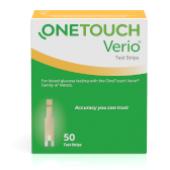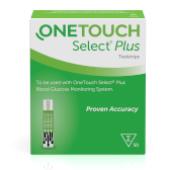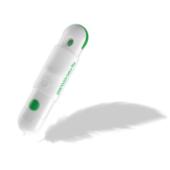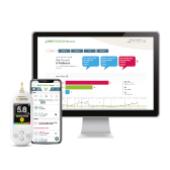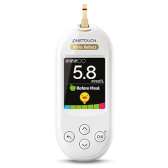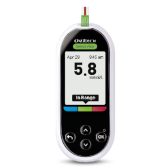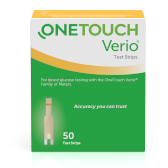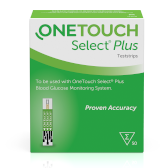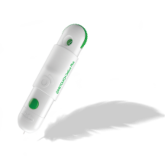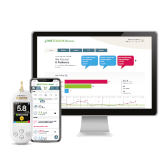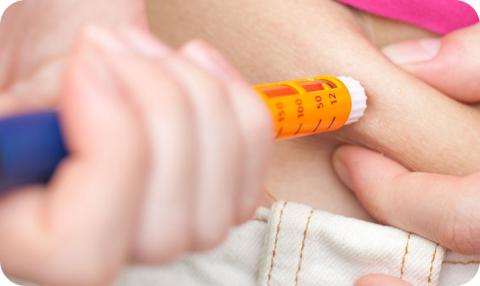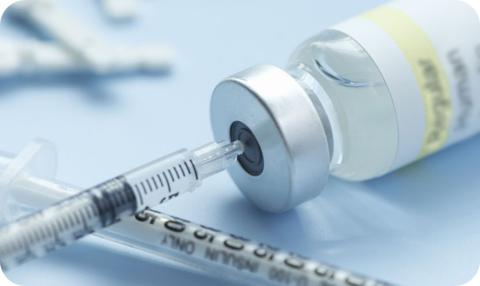Managing Your Diabetes with Insulin Therapy
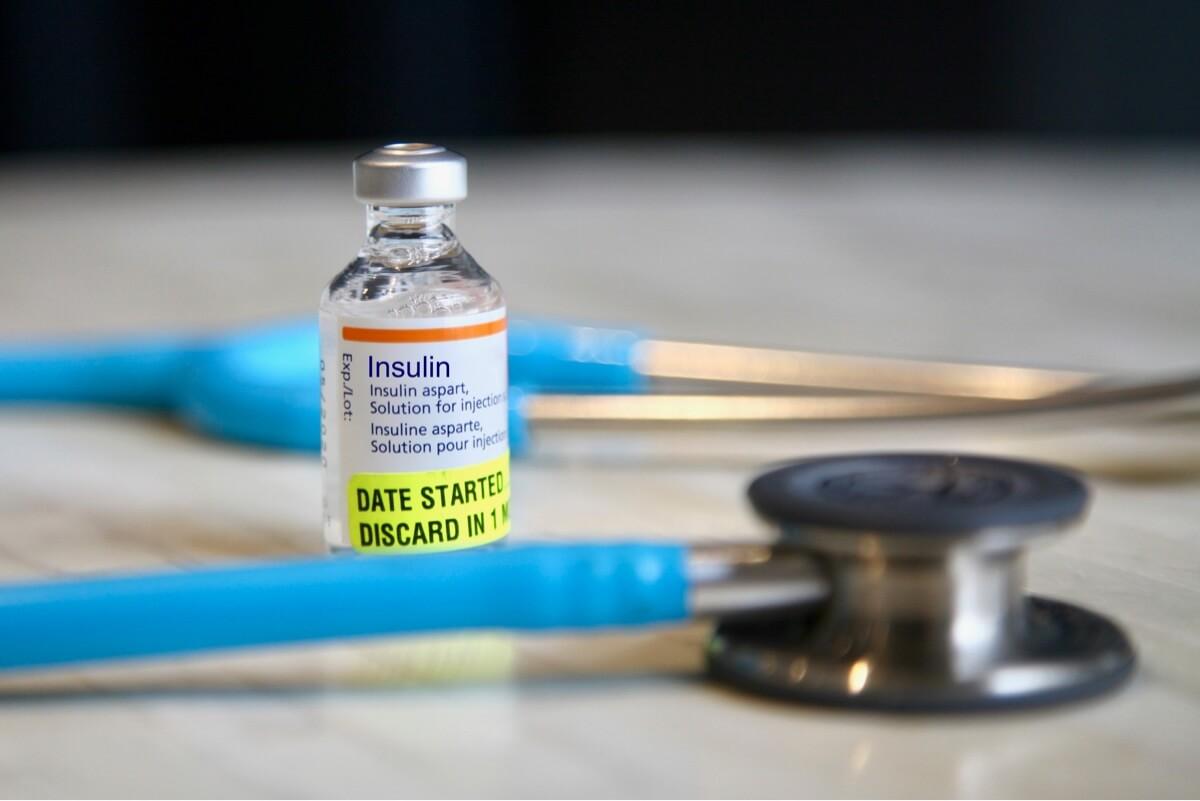
All people with Type 1 — and some with Type 2 — rely on an insulin therapy in order to control their diabetes. There are a number of insulin preparations that perform in different ways and may be needed at different times of the day. Your doctor will help you work out a plan for which of the different types of insulin to use and when.
Basal insulin
The role of basal insulin, sometimes called "background" insulin, is to maintain consistent blood glucose levels during periods of fasting to keep insulin under control and allow the cells to take in glucose for energy. This kind of insulin is generally taken once or twice a day; therefore, basal insulin will either be long-acting insulin or intermediate-acting insulin.
Bolus insulin
As opposed to long-acting insulin taken daily, bolus insulin is taken at mealtimes to help keep blood sugar levels under control. Depending on the person and their needs, it can be taken before, during or after the meal. Because it needs to act quickly, short-acting insulin or rapid-acting insulin will be used. Your doctor will be able to help if you have questions about when your bolus insulin should be taken.
Insulin delivery systems
Insulin pens
There are a variety of options that can be used to deliver insulin, including syringes, insulin pens, jet injectors and insulin pumps. Insulin pens look like oversized ink pens, making them a potentially convenient and discreet way of carrying insulin. Additionally, they provide accurate dosing and may be easier to use for people with low vision or coordination. Similar to syringes, pen needles come in a variety of needle gauges and lengths, but some may have thinner or shorter needle offerings for more comfortable injections.
Syringes
Another method of insulin delivery is through syringes, which come in a variety of sizes, needle gauges and needle lengths. The higher the gauge, the thinner the needle. Your diabetes care team can help you decide on the right syringe for you based on your insulin doses and your personal preference. While some people might prefer a shorter needle, a longer needle can sometimes be necessary to help with insulin leakage at the injection site and to ensure proper insulin delivery.
Insulin pumps
Small, battery-powered insulin pumps deliver insulin 24 hours a day to help improve a person's blood glucose levels at all times. The pump can deliver basal as well as bolus doses, helping the user avoid highs and lows. Pumps can be a good option for people who need to control their blood glucose very closely, or for those who need extra flexibility in their lifestyle.
Insulin therapy is an important and effective way to lower blood glucose levels. If you have difficulties with your insulin regimen, such as trouble avoiding highs and lows in your blood sugar levels, be sure to talk to your doctor to see what adjustments need to be made. By choosing an insulin regimen that fits your needs and lifestyle, you can help prevent diabetes complications and live an active life.
To choose the best insulin delivery method, speak with your diabetes educator or healthcare provider to find the right option for you.
References:
https://www.mayoclinic.org/diseases-conditions/diabetes/in-depth/diabetes-treatment/art-20044084. Accessed August 14, 2019
https://www.diabetesselfmanagement.com/diabetes-resources/tools-tech/insulin-delivery-devices/. Accessed August 14, 2019
https://www.diabetes.co.uk/insulin/basal-bolus.html. Accessed August 15, 2019
Related articles
US-OTB-1900032 (21-118)

